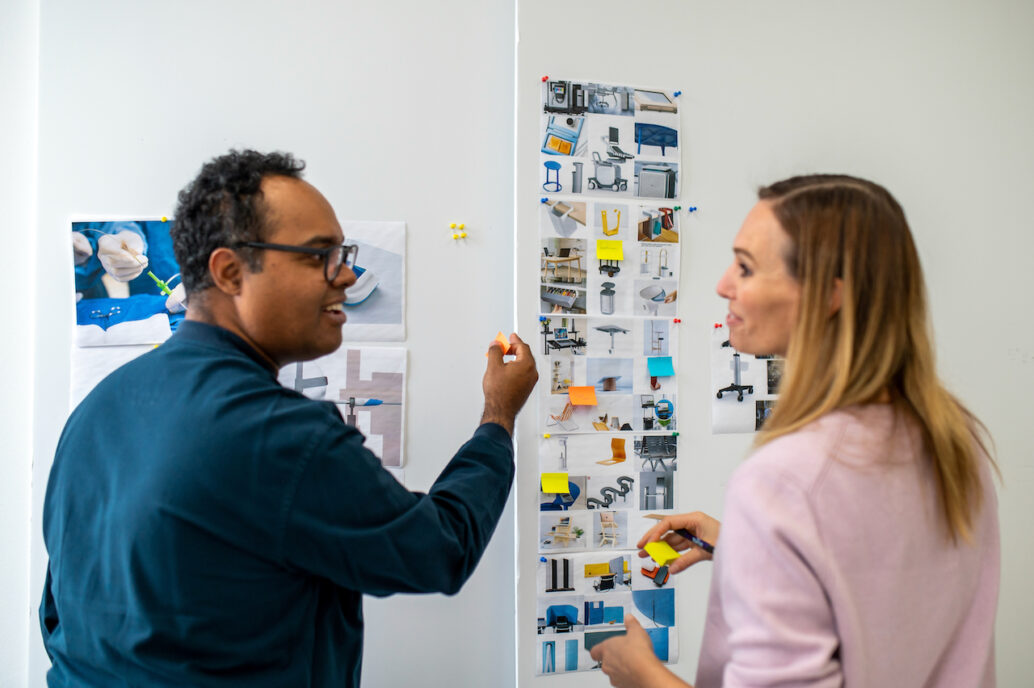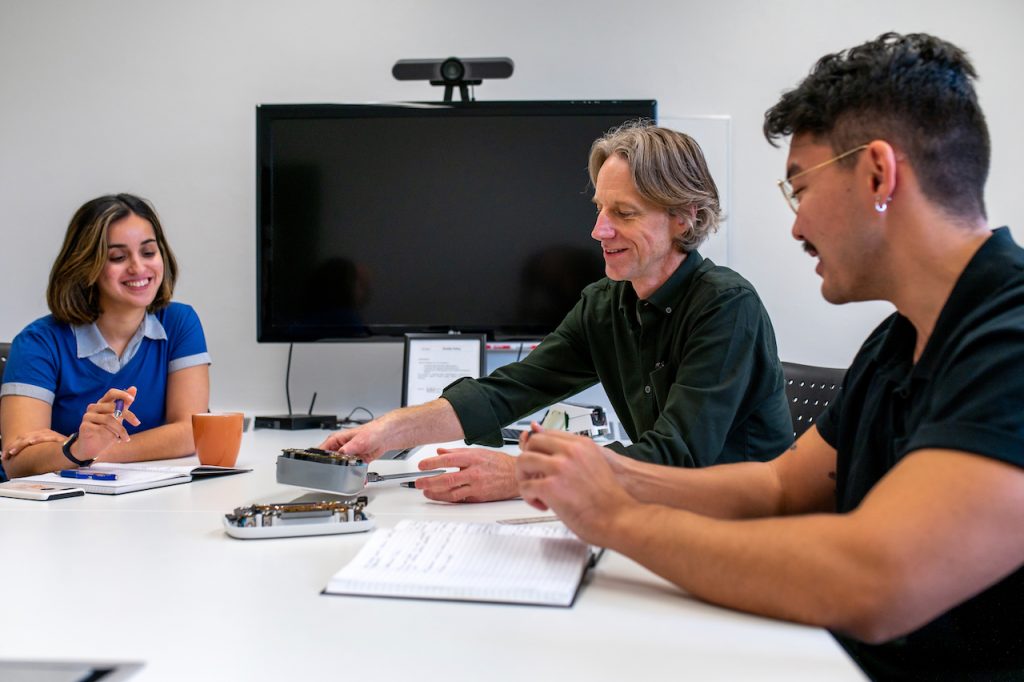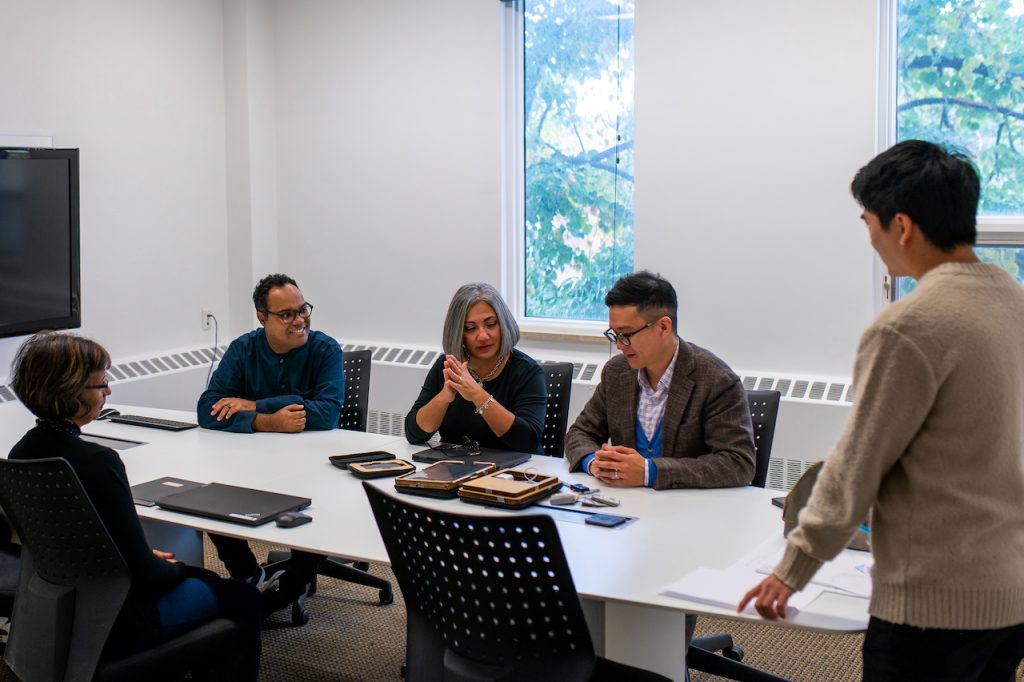
The Role of Diversity in Innovation
We’ve been hearing about it for years. Diversity. Diversity in the Workplace. Diverse teams. How does Diversity Impact Innovation in the Workplace and make a workplace a better place? This blog is about how it makes StarFish Medical a better company.
We can talk about diversity from a place of fairness. Or by creating a business case for increased profitability. However, I’d like to talk about how diversity impacts innovation.
Let’s start with innovation. You’ll see innovation mentioned countless times if you continue checking out our website (including this blog). And you’ll hear about it if you talk to anyone who works at StarFish Medical. It’s in our mission statement when we talk about enabling the success of our clients by developing their concepts and technologies into “innovative and marketable products.”
It’s in our vision statement when we talk about helping medtech innovators. The StarFish tag line is: ‘Empowering MedTech Innovation’. It’s in our Quality Policy when we state that “we enable our clients’ success by developing and producing the right innovative medical and life sciences products.”

You can see where I’m going… innovation is in StarFish Medical’s DNA. We live and breath it. So, what is innovation? Let’s turn to the trusty Merriam-Webster dictionary.
- a new idea, method, or device: NOVELTY
- the introduction of something new
Ok – innovation is about something new. Or, making a change to something that already exists. On a basic level, in order to come up with innovative ideas, we need to have a range of ideas being put forward.
Not every idea is a winner. Sometimes it’s a bizarre idea that brings the innovation. Or it’s the sum of ideas that come from different people and combine to become the new path. It’s being open to thinking in new ways. Being open to doing things in ways that haven’t happened before. There’s a sense of magic when it happens.
Since AI isn’t yet the source of our ideas, they still come from the people who sit around our table. We are each unique human beings (and that’s worth celebrating!).
Diversity Impact on Innovation & Workplace
What makes my ideas different from the ones you might come up with? It could be our lived experiences, our perceived experiences (or differences), how our brains are wired, etc. Because we are human, we often like to label these differences, and quickly see diversity in terms of gender, race, age, ethnicity, country of origin, to name just a few. There are other differences that aren’t always visible to our eyes, such as neurotypical and neurodivergence. You can put together a diverse group of people, but that doesn’t mean you’ll immediately get the magic of innovation.
It’s not simply having diverse minds brainstorming together. Each person needs to be comfortable sharing without fear of dismissal or disrespect. There needs to be understanding and acceptance of difference. An idea from person X might sound like a zany idea to person Y, who is then inclined to ignore it. When person Y can sit with the idea, give it space to exist, perhaps pull on a thread that the idea has, they get closer to the magic of innovation.
An element of what I’m talking about is a best practice when it comes to brainstorming: Be Non-Judgemental. Another element is Psychological Safety. A person needs to feel valued and respected in all elements of their work in order to be able to participate fully in an idea creation session.
That is easier said (or written) than put into reality. It takes time and effort and is a continual process. One of the most impactful driving forces of StarFish culture is our guiding principles. There is one in particular that works to help with psychological safety.
- We are open and welcome accountability. We share information with team members well and across the company. We don’t deny our shortcomings and mistakes but welcome opportunities to improve.

We also engage our organization in multiple learning opportunities, bringing in external experts. An example is the series of roundtables that we hosted throughout 2022 on the topic of unconscious biases. This series started with groups learning how unconscious bias support us, and examples of how unconscious bias get in our way.
In the following rounds we shared examples of unconscious bias at StarFish. The good, the bad and the ugly, without blame or shame. The intention was to raise our collective awareness of how unconscious bias impacts the work we do at StarFish. The focus is on listening, hearing, and acknowledging.
Conclusion
To wrap this up, as an organization that focuses on innovation, we value the diversity of thought that people from different backgrounds bring to the table. Different perspectives heighten our ability to solve problems and that means that we bring more value to our clients and recover from mistakes more quickly.
Jess Hickman is the StarFish Medical Senior People & Culture Manager. Since joining the company in 2010, Jess has participated in the hiring for staff in every department and seen the company grow over 100%.
Images: StarFish Medical
How diversity affects the development process and impacts the output of product development in medical device design.